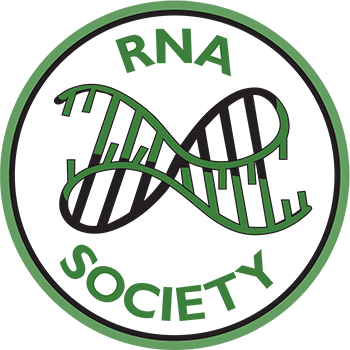Location: New Haven, USA
Overview: A postdoctoral position is open in Ailong Ke’s Laboratory at Yale University. We utilize advanced biochemical and biophysical methodologies to explore molecular mechanisms in RNA-guided processes such as CRISPR-Cas and develop innovative genome editing applications. Detailed research information is available on our laboratory and departmental websites.
Possible areas of study:
- Structural Biology
- Projects: Mechanistic investigation of RNA-guided processes and novel bacterial immunity, studied in vitro and in situ.
- Ideal Candidate: Should have a strong background in nucleic acid biochemistry, cryo-EM or cryo-ET. Experience in microbial engineering is considered a plus.
- Resources: The lab provides routine access to Krios and FIB-milling instruments.
- Genome Editing
- Projects: Developing novel genome editing tools and enhancing in vivo delivery methods.
- Ideal Candidate: Should have a solid foundation in nucleic acid biochemistry, various deep sequencing techniques, and mammalian cell culture. Experience in mRNA synthesis and delivery or mouse work is considered a plus.
- Protein and RNA Engineering
- Projects: Developing or improving novel genome editing tools using AI or high-throughput approaches.
- Ideal Candidate: Should have expertise in AI, directed evolution, or deep mutational scanning.
Qualifications:
- Candidates must have published at least one first-author paper in a reputable journal.
- A Ph.D. or M.D. degree is required before the start date.
Application: Please send your CV, list of publications, and three recommendation letters to [email protected] for consideration.
Representative Publications:
- Nat Chem Biol. 2024 Dec;20(12):1617-1628.
- Molecular Cell, 2024; 84(3): 463-475
- Science, 2022; 377(6612): 1278-1285
- Science, 2022; 376(6600): 1476-1481
- Nature, 2021; 598(7881): 515-520
- Molecular Cell, 2019; 74(5): 936-950
- Science, 2018; 361(6397)
- Nature, 2017; 550(7674): 137-141
- Cell, 2017; 170(1): 48-60
- Nature, 2016; 530(7591): 499-503
